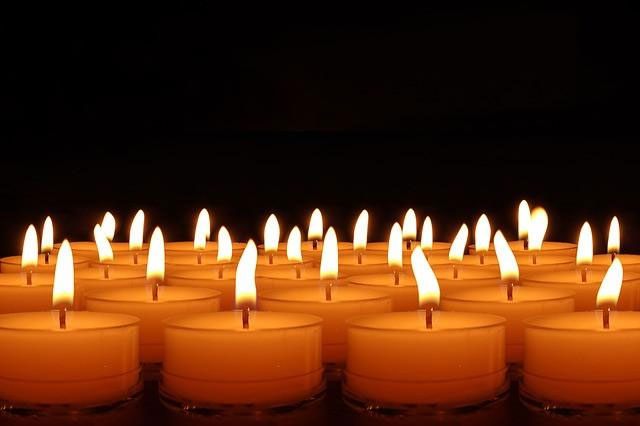At Natural Selections, qualiity is determined by:
1. Waxes:
- Paraffin – derived from petroleum
- Petrolatum – derived from petroleum
- Soy – derived from soybean oil
- Palm – derived from palm kernel
- Coconut oil – derived from coconuts
2. Fragrance Oils:
Fragrances are usually synthetically derived from over 3,000 different aroma chemicals sourced around the world. Fragrances and flavors go together in the fact that our sense of taste comes from the combination of our olfactory senses. Many of the fragrance companies we use also make flavors. The main perfumer is called a “nose” because they can detect thousands of different notes in a fragrance.
- Hot Throw – the smell a candle emits while burning
- Cold Throw – the smell a candle emits from the surface prior to burning
3. Dyes:
Different dyes are combined to color a candle, dyes can impede the burning characteristics of a candle because they sometimes clog the capillary action of the wick.
4. Wicks:
Wicks are made of dozens of braided cotton threads which are woven into infinite candle braid patterns. These patterns determine the burning characteristics needed for a particular candle type. Wicks are also washed in a proprietary chemical bath to help them
burn for a particular wax blend. For instance, wicks designed for soy do not burn well in paraffin, because of the chemical bath in which they are treated. Poured jar candle wicks usually have a center core of cotton, paper or zinc to help the candle wick to remain erect when the wax in the jar melts.
5. Containers:
We source glass jars from around the world to get just the right containers. We use over 10 million pieces of glass annually and this gives us buying power with the glass companies. Not all containers serve well as a candle vessel which must first pass
burn testing in our lab to find the correct wick size and placement in the jar. All containers have passed an ASTM annealing test which means they are suitable for candle burning.


